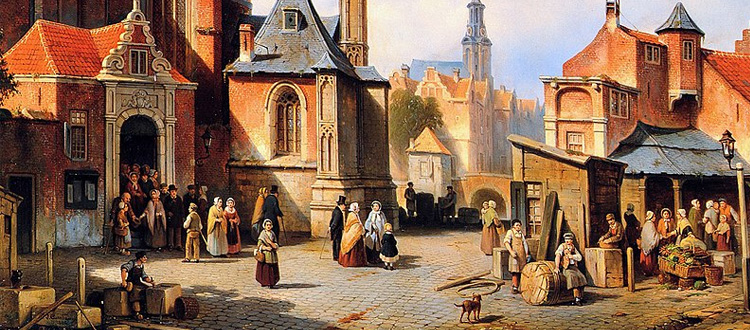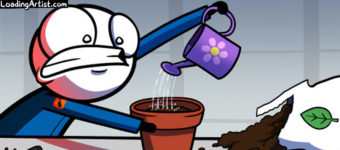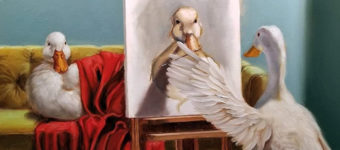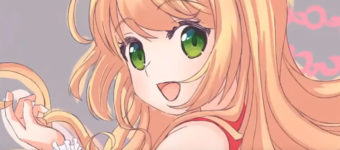Realism In Art: What It Means & Why It’s Valuable For Practicing Artists
Realism is an art style that focuses on making pieces look as realistic and true-to-life as possible.
Think of realistic portraits, landscapes, and still life paintings. These are all forms of realism which aim to capture the subject in a realistic style, and possibly to portray the subject in a way that captures the realities of life.
While the subjects may sometimes appear somewhat stylized, realism seeks to present subjects as they look in real life.
For some great examples of realism check out artists like Gustave Courbet, Winslow Homer, Édouard Manet, and Rembrandt.
It’s a popular style and one that’s either snubbed(why make something look like it does in real life instead of doing something original?) or lauded as “good” art (wow, that looks so real! You’re such a good artist.)
But realism is often the learning ground for artists of any medium since practicing from life is the key to becoming truly skilled.
Why Artists Study Realism
In digital art we spend a lot of time making up fantastical worlds, creatures, and characters. In other words, we’re in the practice of creating things that don’t exist.
So why is it important for concept artists, digital artists, and ANY artists to study realism?
You’ve probably heard the old adage that you need to learn the rules so you can break them, and this absolutely applies here.

Once you’ve mastered copying things from life you can start to play with them. As you get better you’ll learn to work faster and might notice your lines getting tighter and your forms laying down faster.
This all comes from practicing the essentials of art.
But it takes time and practice to know and internalize what those essentials are.
When you start learning to draw or begin courses at an art school, you’ll pretty much always start with learning realism or by copying something you see.
This is because it’s a lot harder to draw something from your head than something that’s right in front of you.
Also learning to draw subjects realistically, like the human body, helps you learn to stylize them later.
Think of an artist you like who draws figures in their own style. Their style might look simple, but it probably shows a high level of understanding of human anatomy.
Even if the shape is greatly reduced or greatly exaggerated, the artist probably isn’t adding muscles and bones in places where they don’t actually exist—unless they’re creating a new creature, but even then it’s still on purpose with knowledge of anatomical details.
Realism is all about sticking to the basic, realistic form and making it work first.
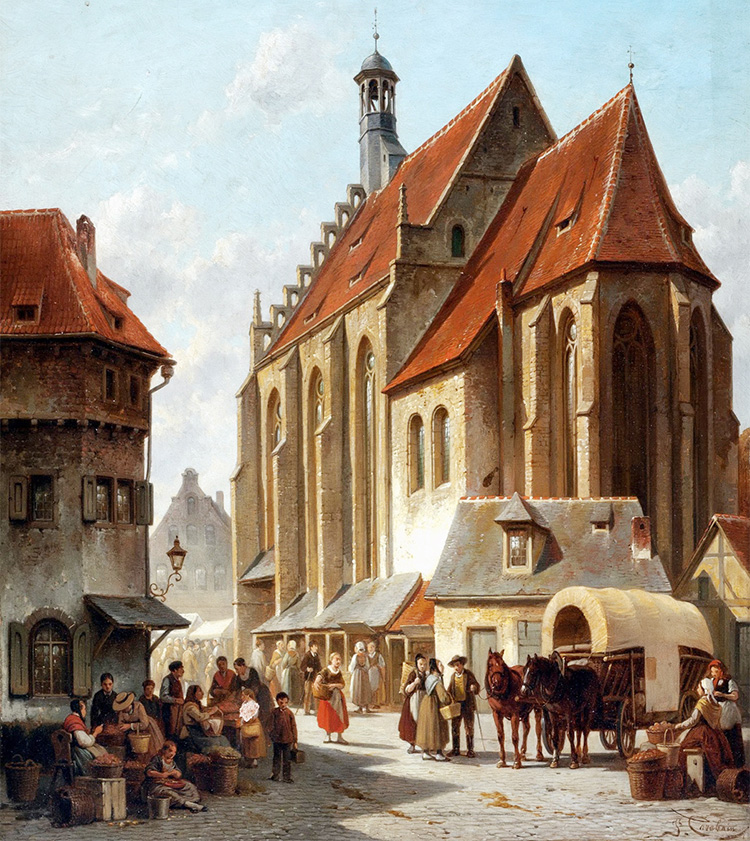
It’s like building a house. You’re going to want to lay a foundation and build sturdy walls before you think about carpeting, paint colors, and door knob styles.
A lot of being a good artist is developing technical skills and there’s no better way to do that than by studying and practicing realism.
This might not be what you want to hear, especially if you’re just getting into concept art. You likely want to start creating amazing pieces of art, developing your style, learning the best painting programs, and making the art you want to make.
But to do that well you’ve got to know what you’re doing. To be good at anything you have to master the basics first.
That’s why dancers start with classical ballet, why great musicians learn classical music, why pianists start with scales, and why artists start by learning to draw realistically.
Many artists choose to stick with realism and all of their work follows a realistic style. That’s perfectly fine and you’ll see these pieces in museums around the world.
But every artist should spend time working with realist pieces. This will help you learn to see properly and eventually help you develop a style based off the real world.
Realism in Concept Art & Illustration
All stylized art is at least somewhat based on reality. Fantasy landscapes and buildings have a lot in common with real landscapes and buildings, while stylized humanoid characters are usually based on the human figure.
Most fantasy creatures share some similarities with real life creatures.
And no matter what kind of made-up characters or settings you create, you’re going to need to know how some basic stuff. How perspective works, how to render light and textures like wood and water, how clothing folds over somebody’s arm.
These can all be studied from life and realism practice helps a lot with nailing believable work.
The good news is that if you really love art, learning the basics can be fun! It’s fun to get better and watch your progress over time. Yes, learning is hard work and practicing the same stuff can get boring.
But hard work is right at the edge of “comfort” and “discomfort”. Push yourself a little past that point and that’s where you learn. All the best stuff happens when you get just outside your comfort zone and really try to improve.
And you might be surprised how quickly you improve once you make realism part of your regular practice.

You’ll get better at drawing poses and objects you’ve never seen before because you’ll have a ton of realism experience to draw from.
You’ll understand how the body and objects work so you can arrange them in different positions with different lighting.
It’s fun to experiment and play around and fill sketchbooks with practice drawings. This all part of the process of becoming a master illustrator.
And true masters love the process as much as they love the end result.
It’s worth noting that animators may not see as much value in realism, however they will find value in practicing from life.
Animation needs to be quick so you’ll get more value from quick drawings and gestures. Animators want to capture weight, form, movement, posture, stuff that makes the cartooning process remain true to life. This does not require excessive detail but it never hurts to practice!
Should You Be Practicing Realism?
Maybe!
Here are some signs to look for. If you aren’t happy with your work or if you find any of these signs commonly showing up then you might want to spend more time practicing realism:
- Your figures don’t look “right” or the proportions feel off and you don’t know why
- Your forms and figures look like they have no weight, or they appear to be “floating” or not grounded in the scene
- Perspective is never quite right for certain objects
- You can’t seem to render details properly and get a genuinely believable mix of light & shadow
These don’t all require practicing from life and you could always fix problems individually through exercises.
But every wonky drawing can be fixed by addressing the underlying cause, and that cause might just be a lack of fundamental knowledge. Guess how to improve that!
Whether you’re an accomplished artist or just getting started with a pencil, studying realism can help build your skills and develop your style faster than anything else you can do.
If you’re a little uncomfortable starting from scratch then definitely check out the Proko video series. All of his courses focus on realism and they aim to teach beginner artists how to see properly, how to practice figure work, and how to strategically improve their life drawings kills.
For life drawing practice I specifically recommend the figure course and the anatomy course.
Both courses work from live models and both only teach realism so these are like boot camp training courses to improve your skills fast.
We’ve written detailed reviews on both the figure series and the anatomy series so check out those articles if you have no idea how to start with realism and might want some video courses for guidance.


